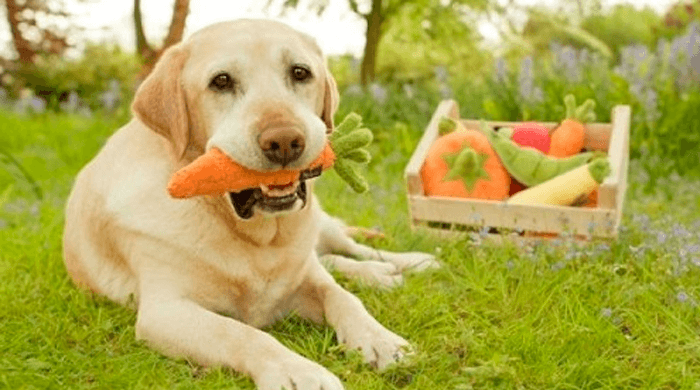Dental Care for Dogs is one of the most important and easiest ways to protect your dog’s health. Check out our quick guide to dental care for dogs, below.
Gum disease is probably the most common problem in Dogs’ mouths, but it’s not the only one, according to expert, Marc The Vet who wrote this article on canine dental health, which you can also find in
The Crufts Magazine.
Marc goes on to say that nearly 80% of dogs have some stage of gum disease before they are 3 years old, according to some studies and the reason this is
such a big issues is that gum disease, if left unchecked can lead to inflammation, bacterial infection, missing teeth and in extreme cases, bone loss.
Read the whole article here or check out the highlights (not sure we should
call them that) from Marc and other experts, below.
What Causes Gum Disease? Bacteria. Just like us, after your dog has eaten, bacteria combine with food and saliva to form plaque. And because
our dogs have a more alkaline mouth than we do, plaque builds up quicker which means that gum disease is 5 times more common in dogs than humans.
What are the effects of gum disease? First off, your dog’s gums will become inflamed (looking red and sore) and they may bleed, this is
gingivitis and is reversible. If left untreated though, it can progress to peritonitis which is more serious and irreversible. Periodontis symptoms
include loosening of teeth in the jaw, loss of teeth or a more severe bacterial infection. Ouch!
How can I prevent gum disease, then? Luckily there are several things you can do.
- Brush their teeth. Seriously. Your vet will be able to show you how and there is some more advice from dog expert, Cesar Millan, here.
If you do brush your dog’s teeth please DO NOT use toothpaste for humans. Most contain fluoride which is poisonous to dogs! Most good vets will
stock a toothpaste suitable for your woofer. - Consider their diet. Make sure you’re feeding a quality, varied diet that includes tooth friendly chews and toys – those with rough or dimpled edges
that will gently knock against your dog’s teeth as they play with them, loosening plaque and giving bacteria fewer places to hide.
So how can I tell if my dog has gum disease? Check out these 6 Signs of gum disease from the The American Society For The Prevention of Cruelty To Animals
- Bad Breath (we’re talking an especially offensive aroma, not the mildly offensive one we all put up with)
- Excessive Drooling
- Inflamed Gums
- Tumours in the gums
- Cysts Under The Tongue
- Loose Teeth
What to do if you think your dog has a dental problem. As with all areas of canine health, always consult your vet if you are concerned
about your dog’s dental health. Occasionally, it is necessary to carry out a thorough examination under a general anaesthetic and even in less severe
cases, your vet is best qualified to assess the issue and recommend next steps – don’t forget, they can also teach you the best way to clean your dog’s
teeth.
Experts We Love
If you’ve read just this one or several of our posts you’ll know we love to find great advice on how to look after our woofers and two of our favourites
are Marc The Vet and Cesar Millan.
You can find more great stuff from them here and here.
We also regularly check out what advice The Kennel Club has as well as The Blue Cross, Dogs Trust and The American Society For The Prevention of Cruelty to Animals.
If you’ve got a question you’d like answered, get in touch and we’ll hunt high and low to find you some answers or advice. And if you’ve got a handy tip
to share, we’d love to hear about it!

